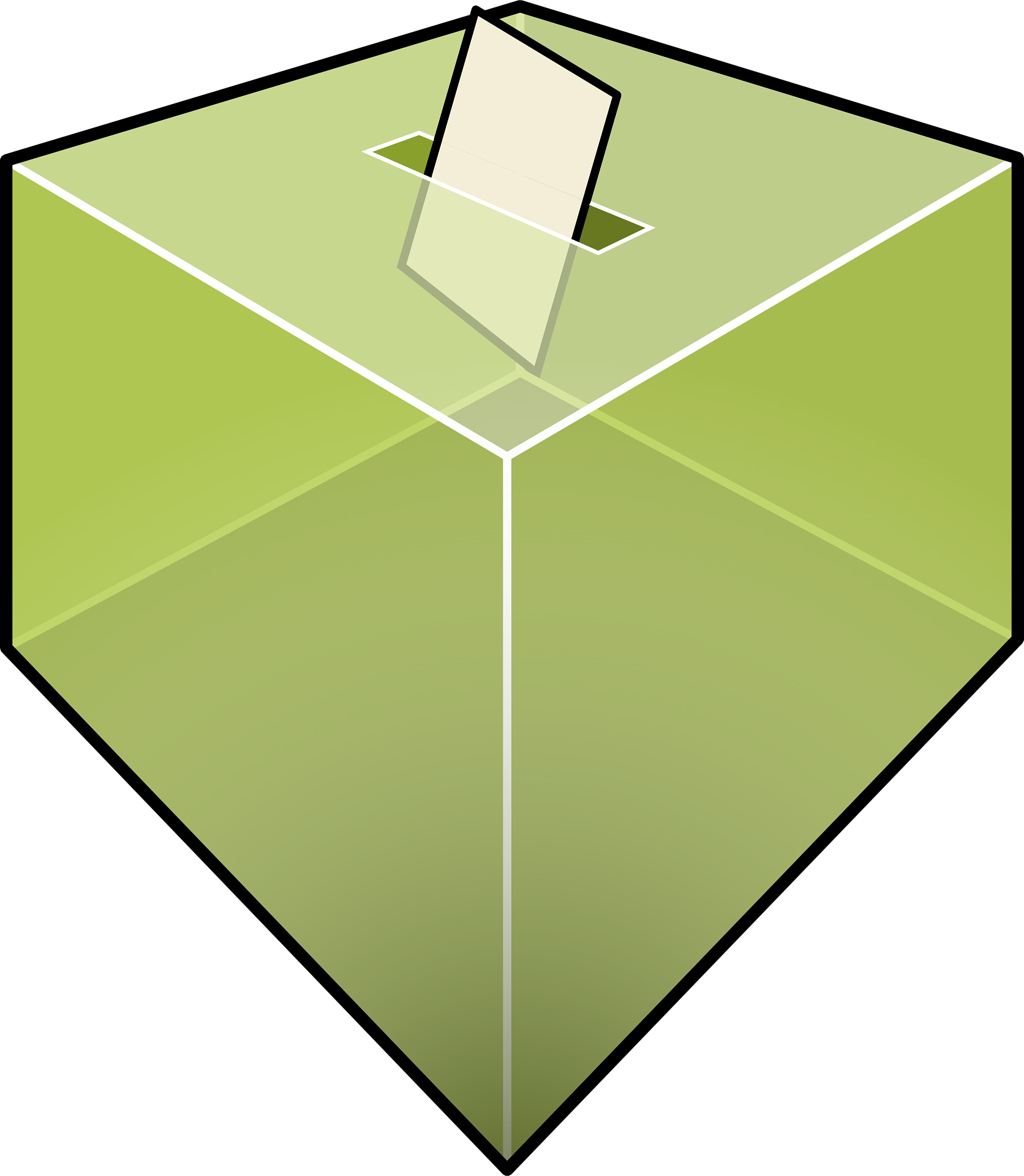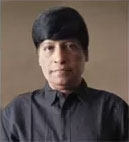
Election symbols are more than visual markers — they are deeply woven into the identity of political parties and their connection with voters. As internal splits and leadership battles emerge, control over these symbols becomes a fierce and emotional contest, so much so that their battle have even gone to the courts.
In Maharashtra, election symbols have historically held a unique place in the political arena, acting as much more than simple identifiers on the ballot. These symbols, often chosen to resonate with the masses, become synonymous with a party’s identity, history, and ideology. As such, disputes over symbols can become fierce, especially in a state like Maharashtra, where regional identity, cultural pride, and loyalty to political leaders play crucial roles in elections. From the iconic Bow and Arrow of the Shiv Sena to the Clock of the Nationalist Congress Party (NCP), election symbols are not just tools of recognition but powerful symbols that evoke deep emotional and political associations.
Maharashtra’s political landscape is deeply rooted in regional identity and loyalty to charismatic leaders. In this context, election symbols are more than just markers—they become a visual shorthand for the party’s values and leadership. For instance, the Bow and Arrow symbol of the Shiv Sena is deeply tied to the legacy of Bal Thackeray, the party’s founder. It represents the Sena’s brand of aggressive, populist politics, centered around Marathi pride and Hindutva. Over decades, the symbol has become ingrained in the psyche of Maharashtrian voters, especially in Mumbai and other urban centers, where the Sena’s influence runs deep.
Similarly, the Clock of the NCP is strongly associated with Sharad Pawar’s pragmatic leadership and the party’s commitment to regional development. The clock symbolizes time and progress, and for many voters, it represents the NCP’s efforts to modernize Maharashtra and bring stability to rural areas. These symbols are deeply intertwined with the identity of the parties, making any challenge to them a highly sensitive issue.
Shiv Sena split: A symbolic battle
One of the most high-profile and contentious battles over election symbols in Maharashtra’s recent political history involves the Shiv Sena. Following the death of Bal Thackeray, the party he founded faced a leadership struggle that culminated in a split in 2022 between Uddhav Thackeray, Bal Thackeray’s son, and Eknath Shinde, a longtime loyalist. The split led to a fierce dispute over the Bow and Arrow symbol, with both factions claiming to be the legitimate heirs of the Shiv Sena’s legacy.
The Bow and Arrow is not just a symbol; it represents the party’s long-standing promise to protect Marathi identity, its fiery Hindutva stance, and its role as a champion of Mumbai’s working class. The dispute over the symbol became a major issue, with both factions petitioning the Election Commission for the right to use it in the upcoming elections. In 2023, the Election Commission ruled in favour of Eknath Shinde’s faction, allowing them to retain the Bow and Arrow symbol.
For Uddhav Thackeray’s faction, this was more than just a legal defeat. Losing the symbol created confusion among voters and deprived his camp of a powerful emblem that had come to define the Shiv Sena for decades. Uddhav’s faction was forced to adopt a new symbol, the Flaming Torch, but the emotional and symbolic weight of losing the Bow and Arrow was significant. This case illustrates how election symbols, particularly in Maharashtra, are deeply tied to party identity and can be the subject of intense political conflict.
In 2023, the Nationalist Congress Party (NCP) also found itself embroiled in a symbolic struggle. Sharad Pawar, the party’s founder and a towering figure in Maharashtra’s political landscape, faced a challenge from his nephew, Ajit Pawar, who led a faction of the party in an internal coup. The Clock symbol, which had been synonymous with the NCP since its inception, became a point of contention between the two factions.
The Clock represents the NCP’s identity as a party of pragmatism, progress, and regional empowerment. Losing the symbol would have been a significant blow to either faction, as it embodies decades of political legacy tied to Sharad Pawar’s leadership. As the dispute unfolded, both sides petitioned the Election Commission, seeking control of the symbol. While the final decision is yet to be made, the battle for the Clock has already shown how deeply entrenched election symbols are in the political culture of Maharashtra.
In Maharashtra, election symbols often carry emotional and cultural significance that goes beyond immediate political contexts. For example, the Rising Sun symbol of the Peasants and Workers Party (PWP) has historically represented the aspirations of Maharashtra’s rural and working-class populations. Although the PWP has not been a dominant force in recent elections, its symbol still evokes memories of the socialist and peasant movements that shaped the state’s political landscape in the mid-20th century.
Similarly, the Coconut symbol of the Maharashtra Navnirman Sena (MNS), led by Raj Thackeray, is intended to evoke regional pride and Maharashtrian identity. The Coconut symbolizes local culture and the party’s focus on protecting the rights and identity of Maharashtrians, particularly in Mumbai. For the MNS, which has often positioned itself as a challenger to the Shiv Sena, the symbol plays a crucial role in differentiating the party from its rivals and connecting with a base of voters who feel strongly about regional issues.
Why parties are touchy about symbols
The deep emotional, historical, and cultural associations that election symbols carry in Maharashtra explain why parties are so protective of them. In a state where local identity and loyalty to political leaders are paramount, these symbols help voters connect with the parties on a visceral level. Losing control of a symbol can cause confusion among voters, weaken a party’s brand, and in some cases, erode its support base.
For example, in rural areas with lower literacy rates, symbols often serve as the primary way voters identify their preferred candidates and parties. A recognizable symbol like the Clock, Bow and Arrow, or Rising Sun can be the difference between electoral victory and defeat, especially in closely contested constituencies.
Moreover, symbols are deeply tied to the legacy and historical achievements of political parties. In Maharashtra, where parties like the Shiv Sena and NCP have built long-standing reputations, their symbols carry the weight of decades of political struggle, leadership, and voter loyalty. Any threat to these symbols is perceived as a threat to the party’s very identity.
The Election Commission of India plays a critical role in mediating disputes over election symbols. In Maharashtra, where internal party conflicts are not uncommon, the EC has often been called upon to decide which faction of a party gets to retain the symbol. The EC’s decisions can have a profound impact on the political landscape, as seen in the Shiv Sena and NCP cases.
Under the Election Symbols (Reservation and Allotment) Order, 1968, the EC evaluates factors like the support of elected representatives and the party’s performance in previous elections to determine which faction can retain the symbol. These decisions can make or break a party’s electoral prospects, especially in a state like Maharashtra, where symbols hold such emotional and political significance.
Conclusion
In Maharashtra, election symbols are far more than mere markers on a ballot. They are powerful tools of identity, loyalty, and legacy that resonate deeply with voters. The recent battles over symbols in the Shiv Sena and NCP highlight just how central these symbols are to the political identity of parties in the state. As Maharashtra’s political landscape continues to evolve, election symbols will remain a crucial battleground, reflecting not just party loyalties but the emotional and cultural ties that bind voters to their political leaders.

A Column By
Raju Korti – Editor
The Resource 24X7
A Journalist With 4 Decades of Experience With Leading Media Houses.
